The Hetu and Luoshu Diagrams: Numerology in Chinese Antiquity
One of the most fascinating texts from antiquity is the I Ching, i.e. Yijing, one of the oldest extant documents in Chinese history and certainly one of the oldest philosophical treatise that we have in existence today. The document is famous for its numerological and arithmological foundations, offering up speculation of great scholars from Confucius to Leibniz for centuries.
What we can definitively say about how the underlying symbols of the Yijing were created can be ascertained primarily from the commentaries that survive and were appended to text itself as it has been received from antiquity, a process that we know and has already been indicated was influenced by socio-political factors. It is clear however that numerological and arithmological beliefs were instrumental in their creation, as indicated not only in the commentaries themselves which speak to how the hexagrams and their constituent trigrams were created, but also by associated mythology surrounding two figures in particular that seem to point to even deeper Chinese antiquity.
The two figures in question are the Yellow River Map, or Hetu (河圖), and the “Inscription of the River Luo”, or Luoshu (洛書, also written 雒書), each of which is connected in mythological lore to Fu XI and King Wen, two figures from Chinese antiquity lore that are integrally linked to the establishment of Chinese civilization. The figures are referred to not only in the Ten Wings itself, but also in the Book of Documents, or Shujing (書經), a treatise which dates to the middle of the Western Zhou period (11th to 8th centuries BCE), as well as the Guanzi (管子), or Master Guan, which is a collection of various philosophical treatises on statecraft collected during the Spring and Autumn period (8th to 5th centuries BCE).[1]
While the derivation of the Hetu and Luoshu diagrams to the Earlier and Later Heaven arrangements of the bagua (or eight trigrams, which form the basis of the hexagrams of the Yijing) does not show up in the written records until the Song Dynasty period (960 – 1279 CE), there is ample evidence to surmise that that the numerological and/or metaphysical connection between them reaches back into at least Bronze Age China from which the first evidence of the Zhou Yi emerges (the precursor document that evolved into the Yijing), i.e. roughly 3rd or 2nd millennium BCE.
First and foremost, we have a direct reference to the Hetu and Luoshu in the Ten Wings commentary itself, albeit in a form that does not allow for too much explanation as to how precisely these diagrams are related to Yijing divination other than referring to the Hetu as a “map” and the Luoshu as a “document” or “inscription”, and indicating that they were used as a “model” for the ancient sages who used or created the Yijing. The specific verse or passage from the Great Commentary is below:
Therefore: Heaven creates divine things; the holy sage takes them as models. Heaven and earth change and transform; the holy sage imitates them. In the heavens hang images that reveal good fortune and misfortune; the holy sage reproduces these. The Yellow River brought forth a map and the Lo River brought forth a writing [document]; the holy men took these as models.[2]
It’s also clear from the archaeological record though that ancient Yijing divination was performed in conjunction with the burning of tortoise shells so that does offer further corroborating evidence that these symbols, or at least the Luoshu, was related to ancient Yijing divination in some way. We could speculate that that this ancient practice, using the Luoshu and Hetu diagrams, was the origins of the divination practice in deep Chinese antiquity and these practices ended up evolving into the yarrow stalk and hexagram based divination process that ended up being encapsulated in the Zhou Yi and then codified finally in the Yijing.
Furthermore, we have from Chinese mythology the association of the Hetu diagram with the legendary Fu XI who witnessed a “dragon horse”, or longma (龍馬), emerge from the Yellow River with a set of symbols on its back, i.e. the Hetu diagram, from which he supposedly “divined” an ordered system of trigrams within which the universal ordering of things could be understood. This is the mythology that surrounds the creation of the “Earlier than Heaven”, or Fu Xi, arrangement of the eight trigrams. We also have a very similar myth associated with the Luoshu diagram that speaks to the emergence of a dragon turtle, or longgui (龍龜), from the River Luo from which had the Luoshu symbol on its back, actually it’s turtle shell, from which an alternate trigram arrangement or sequence was established, the “Later than Heaven”, or King Wen arrangement.
Earlier (a) and Later (b) than Heaven Bagua Sequences/Arrangements
It also seems clear that the design of the Hetu and Luoshu diagrams, being based upon the collection and arrangement of sets of dark and light circles, speaks to a much more archaic and older numerological system that predates the formulation of the trigrams or hexagrams that constitute the core part of the Yijing. For in deep antiquity, and this is perhaps true of the evolution and creation of all counting systems in antiquity, numbers were represented by simple representations and collections of objects, objects that were typically easily accessible.
For example, the early numbering system of the Chinese, which was base 10 like ours and as reflected in the Hetu and Luoshu each of which have numerical representations of all of the numbers 1 – 9, used small bamboo rods (stalk like figures in fact) to denote the numbers 1 through 10. This system of symbols allowed for not only the representation of very large numbers using a small set of symbols which were easy to learn and communicate, but also allowed for relatively straightforward arithmetic operations as well.[3]
The Luoshu diagram significantly, also is a clear representation of the magic square of base three – where each of the numerical representations on all of the lines of the diagram, the vertical, horizontal and diagonal axes, all add up to 15. This may be perhaps the earliest known evidence for a magic square in antiquity. This numerical diagram, across all ancient cultures and civilizations that understood numbers in fact, indicates not only a belief in the “divine” or “revealed” nature of base 10 as the core counting system upon which all numerology and arithmology is subsequently based, but also the “divine” or “eternal” nature of the numbers 1 through 9 and their inherent symmetry and harmony, tying these basic numbers directly with universal harmony and balance upon which the Yijing squarely (pun intended) rests.
We also find a reference, albeit indirect, to the Hetu diagram in specific passage from the Great Commentary (Dazhuan), one of the sections of the Ten Wings:
Heaven has 1, 3, 5, 7 and 9. Earth has 2, 4, 6, 8 and 10. Thus heaven has five numbers and earth has five numbers. The two series are interlocked in order; each number in one series has its partner in the other [When they are distributed among the five places, each finds its complement]. The sum of heaven’s numbers is 25; the sum of earth’s numbers is 30; the sum of the numbers of heaven and earth is 55. This is what stimulates alternation and transformation and animates spirits [It is this which completes the changes and transformations ad sets demons and gods in movement]. The full Number is 50, of which 49 are used. Dividing into two lots represents duality. Setting one aside completes the triad. Counting by fours represents the four seasons. Reserving the remainder between the fingers represents the leap month.[4]
As per the first part of this passage, in the Hetu diagram we see the odd numbers between 1 and 10 – 1, 3, 5, 7 and 9 respectively – being represented by the white, or “yang”, circles/dots, yang being the primary attribute of the trigram named Heaven (Qian) which is made up of three solid lines. And conversely we see in the Hetu all of the even numbers between 1 and 10 – 2, 4, 6, and 8 respectively – being represented by black, or “yin” circles/dots, yin being the primary element associated with the Earth trigram (Kun) which is represented by three yin, or broken, lines. Furthermore, we can see in the Hetu diagram that in fact the two series of even and odd numbers are in fact paired, each number having its counterpart on the opposite side of the diagram – 1 opposite 2, 3 opposite 4 and so on.
It is within this framework of basic numbers, specifically the numbers 1, 2, 3 and 4 (from which 10, the most “complete” or “perfect” number is derived arithmetically in the Pythagorean system; 1 + 2 + 3 + 4) upon which the yarrow stalk divination framework is built upon. We start with a reference to the calculation that is used to determine the total number of yarrow stalks, from the arithmetic summation of all the even and odd numbers between 1 and 10, summing 55 in all, of which 50 are used as the basis for calculation. The fundamental duality underpinning the universe, represented by the number 2 (the Dyad in Hellenic philosophical parlance), is then manifest in the initial division process of yarrow stalks into two piles or sets. The number 3 (the Triad) is then signified by the setting aside of one yarrow stalk after the initial division into 2 piles is completed. We then use the number 4 (the Tetrad) as the means by which the yarrow stalks are counted, by fours. We also see here a direct reference to (at least one of) the universal meanings of 4, i.e. the 4 seasons.
It’s important to note that the Yijing is in fact NOT a counting system, and despite the best efforts of many numerologists over the centuries, it is clear that the underlying hexagrams, as well as the underlying trigrams upon which the hexagrams are based, do not represent numbers per se. However, it is factual to say that that the system of broken and solid lines from which the trigrams and hexagrams are constructed, as well as the divination process itself which underlies Yijing consultation, clearly has a strong numerological and arithmological basis – a numerological basis and theory that in all likelihood rests upon, and was formulated out of, the prehistoric numerology that is reflected in the Hetu and Luoshu diagrams.
So while the textual evidence seems to be unclear or hazy at first glance, upon reflection and analysis it’s clear that there existed a strong relationship between the inherent numerology encoded in the Hetu and Luoshu diagrams to the numerology and arithmology that underpinned the Yijing tradition, even if the textual and written evidence for the correlation and ultimate derivation of the bagua arrangements of Earlier and Later Heaven from the Luoshu and Hetu diagrams respectively is not clarified in the written record at least until a much later period in the Song dynasty circa 1000 CE.
[1] Reference the online resource Chinese Literature and Philosophy, from ChinaKnowledge.de entitled “The River Chart and the Inscription of the Luo” at http://www.chinaknowledge.de/Literature/Daoists/hetuluoshu.html
[2] The I Ching: Or Book of Changes. Translated from the Chinese into German by Richard Willhelm and then to the English by Cary F. Baynes with a foreword by Carl Jung. Princeton University Press. Third Edition 1967. The Great Treatise (Dazhuan) Book II Ch. XI verse 8 pg. 320
[3] See http://www.storyofmathematics.com/chinese.html
[4] The Book of Changes (Zhouyi). Translation and commentary by Richard Rutt. Routledge Publishing, 1996. From the Ten Wings section, the Dazhuan or Great Commentary. Wing 5, Dazhuan I, Chapter IX verse 1-3 pg. 415 and alternate translations in brackets from The I Ching: Or Book of Changes. Translated from the Chinese into German by Richard Willhelm and then to the English by Cary F. Baynes with a foreword by Carl Jung. Princeton University Press. Third Edition 1967. The Great Treatise (Dazhuan) Book II Ch. IX verses 1-3; pgs. 308-311

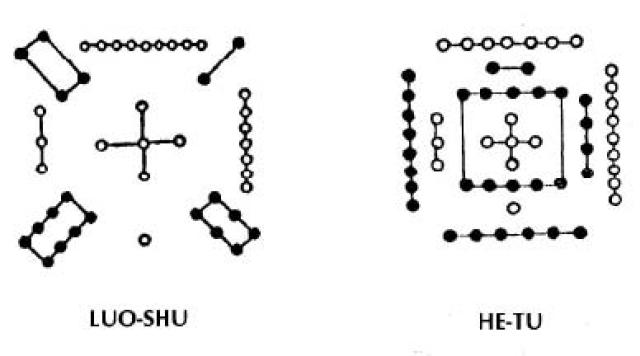


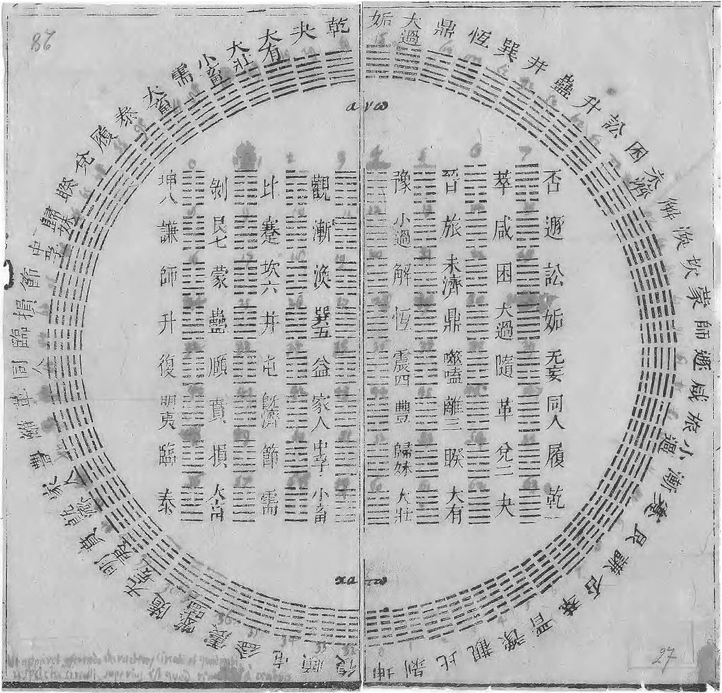
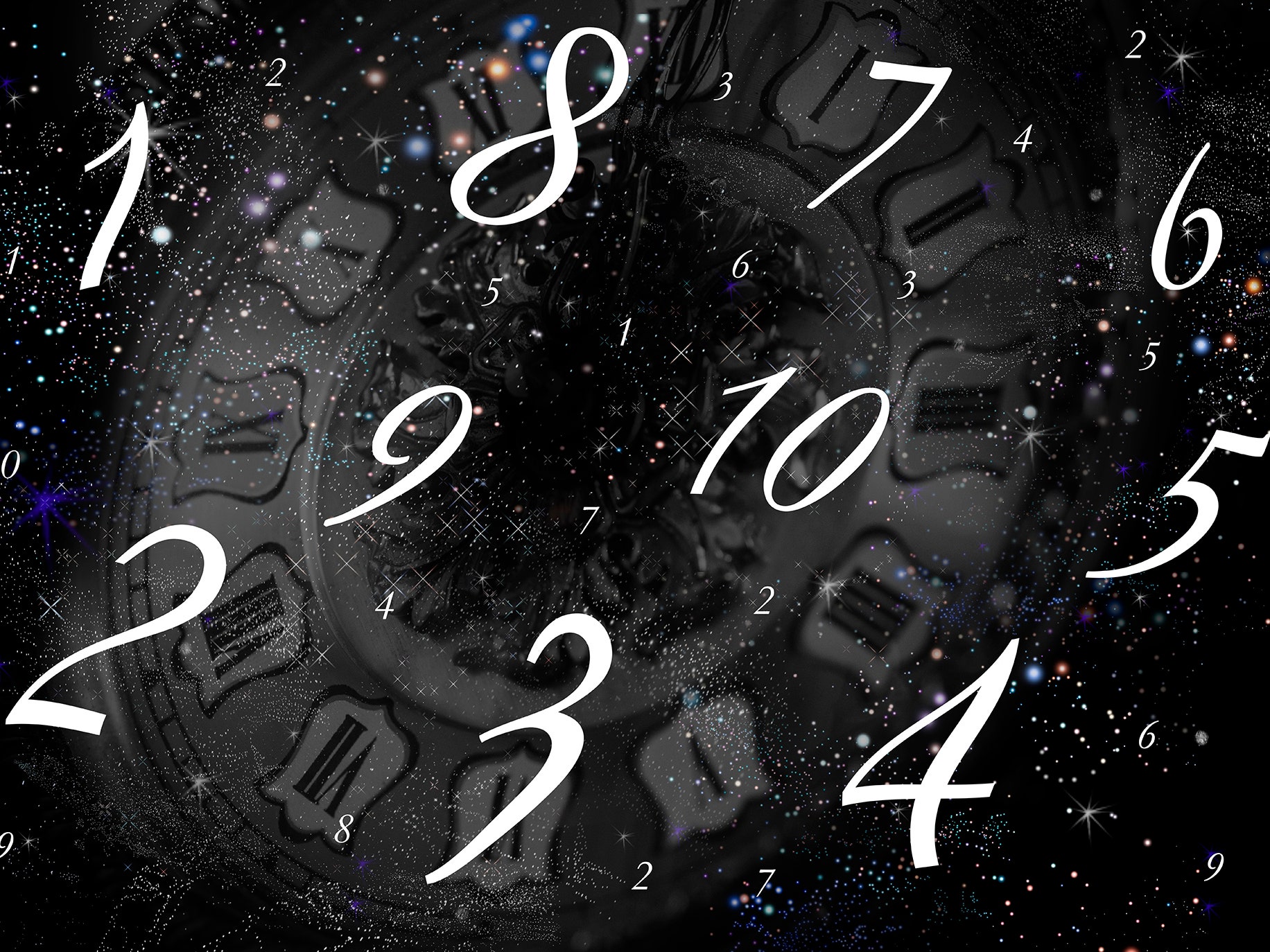
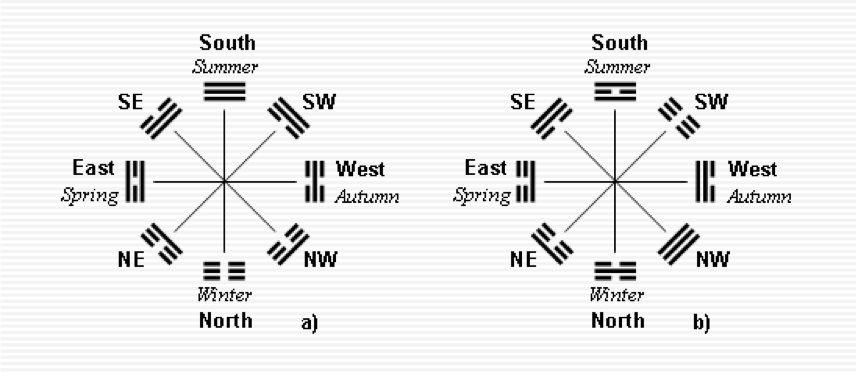
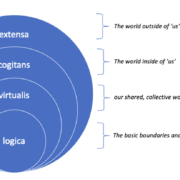



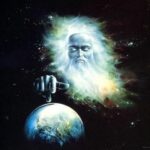
Trackbacks & Pingbacks
[…] via The Hetu and Luoshu Diagrams: Numerology in Chinese Antiquity […]
Leave a Reply
Want to join the discussion?Feel free to contribute!